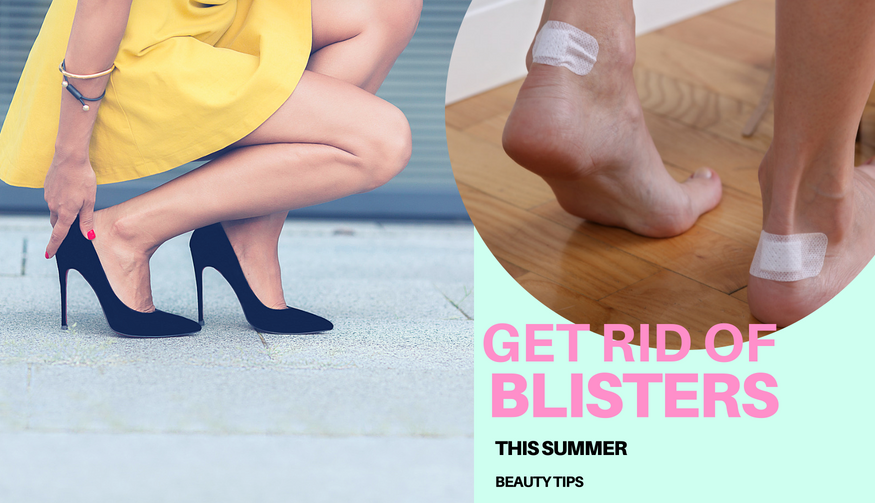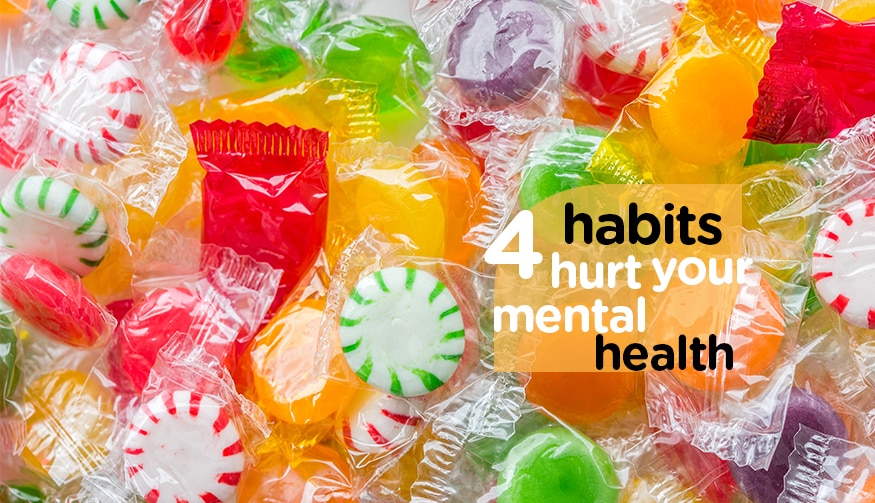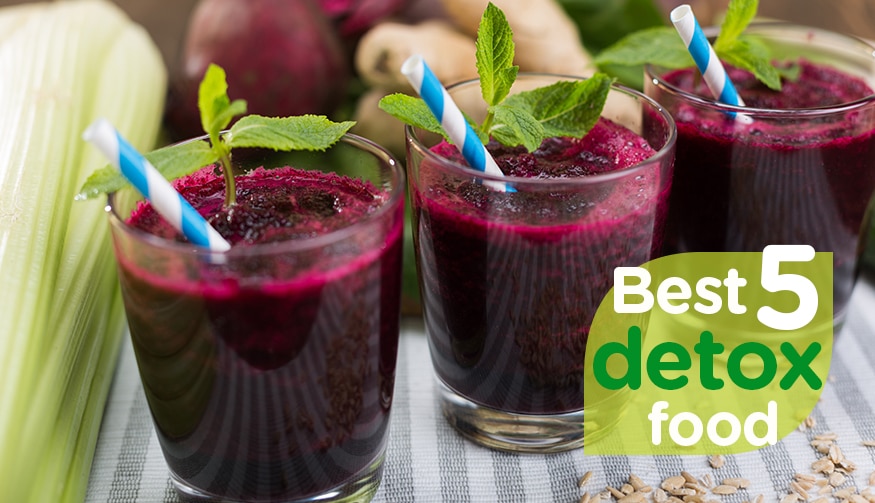Blisters may be unavoidable (especially if you’re breaking in a new pair of shoes!) but that doesn’t mean you have to put up with them. Find out how you can rid of them quicker than you can say ‘my blister popped’ with our help…
How to treat a blister
So, you succumbed to walking around in those gorgeous pointed toe flats and now you have a bulging blister as your reward? Here are the steps you can take to help reduce the pain and banish the blister.
Cover up the blister
Help reduce the pain by covering up the blister. This can reduce irritation as it rubs and can also reduce the risk of infection. Opt for a padded blister plaster or loose bandage and make sure to change it regularly.
Dealing with a burst blister
If a blister has burst, don’t peel off the dead skin on top of the blister. Allow the fluid inside to drain and wash it with mild soap and water. Cover the blister and the area around it with a dry, sterile dressing to protect it from infection until it heals.
Swap out the sandals
To help a blister on its healing journey, always seek out comfort. Which means, bye bye strappy open-back sandals and hello a teeny-bit-too-big trainers. Loose-fitting shoes are preferred, and an extra pair of socks wouldn’t go amiss.
How do blisters develop?
Knowledge is power, so understanding how these painful pockets of fluid develop will help to prevent them from forming in the first place. Blisters make an appearance after the skin has been damaged by friction or rubbing which is why feet and hands are the most common areas for them to develop.
The real science behind it goes further than a simple spot of rubbing in the wrong place. Let’s use the example of ill-fitting shoes. These shoes rub the heel of the foot. The skin after time then becomes irritated and causes a tear in the top layer of the skin, which in turn causes a gap between layers. The body then sends liquid to fill this tear and creates the bubble-like appearance of a blister.












